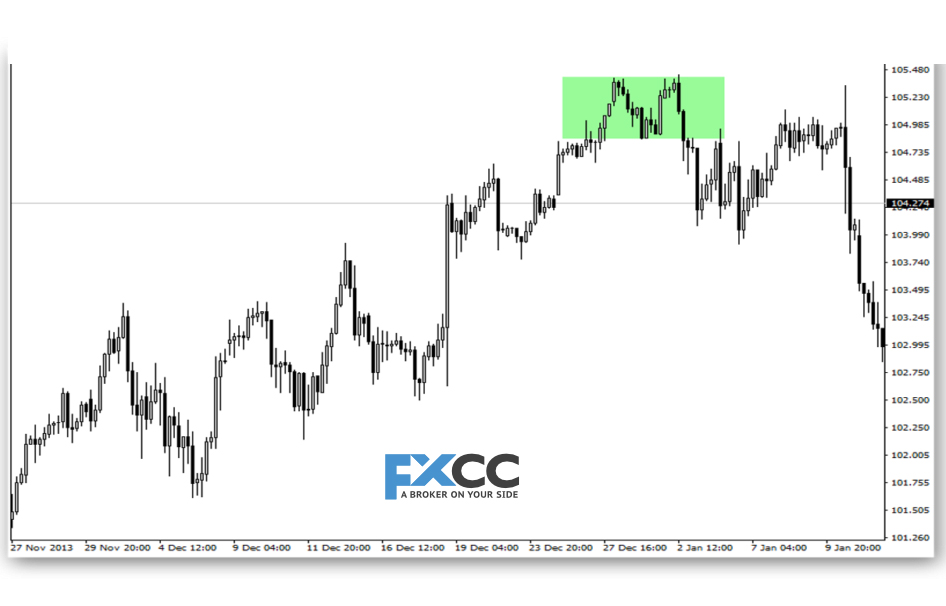Each trader should pay attention to how high the volatility is in his chosen currency pair. The choice of a trading strategy depends on this and the profit that a person can get.
The impact of volatility on trading
Volatility is the fluctuation in the value of a currency over a given period. If a person wants to make a stable profit, it is better to choose monetary units with less volatility. Large sums can be obtained if you work with currencies that have increased volatility, but in this case, the income will be more difficult to predict.
How to use information about a sharp change in the value of a currency pair? Let’s say that the average volatility of the EUR / USD is 120 pips. At the beginning of the working day, the cost increased by 100 units. Should I open a position? It is better not to do this, as the probability that the price will become even higher is very small.
For reference! It would help if you considered how much the currency has risen and relied on statistics since it can calculate when to make a deal.
Also, it is essential to look at the probability of fluctuations in a pair – if the average spread is 100, it will rarely increase to 200-300. But the period still plays a role here – if a trader thinks that a pair with a volatility of 150 will reach 300 within a week, then, in this case, you can take a risk. It all depends on the trader’s experience and on what currency he has chosen.
Most volatile pairs
Newbie traders are always advised to start with the quietest monetary units, as in this case, if the forecast fails, a little money will be lost. More experienced traders can choose pairs that change significantly short for a period.
These pairs are considered the most volatile.
| Assets | Price fluctuations per day in points |
| EUR / USD | From 50 to 100. In some cases, there may be 300 points for 1 session. |
| GBP / AUD | 100 to 200. |
| GBR / USD | About 100 pips in 1 business day, especially active during trading in the US and Europe. |
| USD / CHF | 100 to 150 during a session in Europe. |
| GBR / CHF | About 150. The activity in the European and American sessions is especially noticeable. |
| GBR / JPY | From 100 to 200 (especially active in European session). |
| GBP / NZD | 200 to 400. |
Volatility based on sessions
The volatility of these pairs is due to the time intervals when a particular world market is most active (at the time of a specific session). For example, the Asian session is so-called because the majority of transactions during this period are made in Asia:
- Japan
- China
- Singapore
Based on this, among the most volatile pairs will be those that include Asian currencies—the most volatile market at this time in Tokyo.
When the session starts in Europe, the London market is the most volatile, as it has a large number of traders and, accordingly, a lot of transactions.
The US session directly affects the dollar. During this period, the currency of that country is converted on the market in the United States. The most volatile market during this period is New York.
Recommendations for trading volatile pairs
To work with currencies with high volatility on Forex to be successful, you need to consider some nuances. For example, professionals advise you to carefully select your news channel. If a person works with a currency pair with a US dollar, you should find a source that broadcasts the latest news about the American economy.
There are other pitfalls and tricks to keep in mind:
- Experienced traders are advised to build a clear plan to successfully work with currencies with a wide range of fluctuations. At the same time, he needs to be strictly followed, which is especially important with a sharp course change.
- Also, beginners should not make too many deals in one session. Your best bet is to take two currency pairs and focus on them to explore fully. In the future, this helps to more accurately build analyzes and extract the maximum profit.
- It is challenging for beginners to settle on one pair of currency units. To make it easier, you can watch the video “Tips for choosing a currency pair on Forex,” where the author talks in detail about the principles and nuances of choice.
New to Forex trading? Don’t miss these beginner guides from FXCC.
– Learn Forex Trading step by step
– How to read Forex charts
– What is spread in Forex Trading?
– What is a Pip in Forex?
– Low Spread Forex Broker
– What is Forex Leverage
– Forex Deposit Methods


